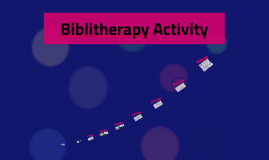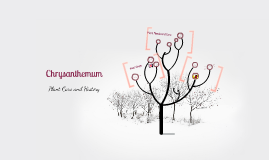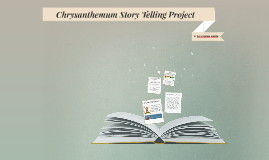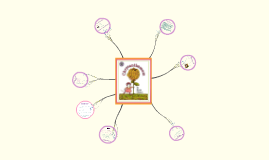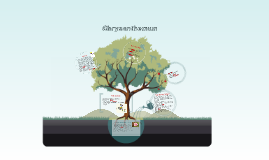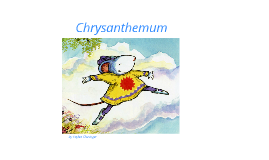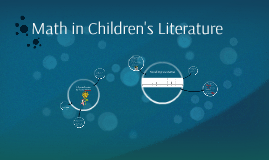Chrysanthemum
Transcript: What happened? Who is the main character? Kevin Henkes writes and illustrates children's books. Our story started when Chrysanthemum was born. In the beginning, the story takes place at her house. Most of the story takes place during Chrysanthemum's first week of school at school in her class. Answer: Plot Her name is long, barely fits on her name tag, and is the name of a flower Mrs. Twinkle because she shows kindness to Chrysanthemum. Mrs. Twinkle teaches us that bullying is not okay. What happened? Vocab quiz: The answer to the question "What happened" tells us the ____ of a story. Who are the characters? Chrysanthemum loved her name. Her parents thought it was absolutely perfect. Then, Chrysanthemum went to her first day of school, and she was teased for her name by Victoria, Rita, and Joe because they thought it was funny to have the same name as a flower. Chrysanthemum didn't love her name anymore. She didn't like school, even though her teacher, Mrs. Chudd, was nice. On the third day of school, Mrs. Twinkle, the music teacher made Chrysanthemum the daisy in the class musical, which made the teasing worse! Who is the author? What made Chrysanthemum different? Who should we act like in our story? Can you think of another "Who" question? are the characters? happened? did the story take place? did the story take place? did it happen? Chrysanthemum was teased because she was different. Mrs. Twinkle showed the other students that Chrysanthemum's name was not strange, but something to be proud of because her name is also a flower's name. When and Where did the story take place? Important Questions: The Five W's Take away message: Everyone is different, but deserves to be treated with kindness! Who What Where When Why Laughing when someone answers a question wrong Pushing a friend for missing a shot on the soccer field Whispering jokes about someone to others Treating others the way you like to be treated Then, Mrs. Twinkle told the students her first name was Delphinium, which is also a type of flower. Mrs. Twinkle said she might name her daughter Chrysanthemum. After that, Chrysanthemum thought her name was absolutely perfect! Victoria, Rita, and Joe stopped teasing Chrysanthemum--now they wished they were named after flowers. Mom & Dad Chrysanthemum Victoria Rita Joe Mrs. Chudd Mrs. Twinkle Why did it happen? Is this kindness? Chrysanthemum






